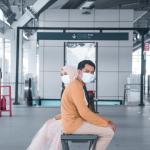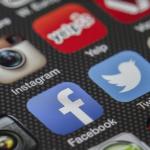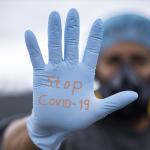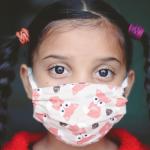Reading the medical literature – that is, articles reporting studies of various aspects of health and disease – can be enlightening. It’s how we docs keep up with new knowledge and progress, after all, but it can also be frustrating – for ex
masks
The work is based upon a sophisticated mechanist model considering the risk of transmission between two individuals. One is infected and is acting as an asymptomatic transmitter, by far and away, the most likely current scenario.
“In the intervening years, the professional zoo and aquarium community has fundamentally altered the way it views the task of caring for the animals in its collections.
Here is the data on those patients hospitalized with laboratory-confirmed influenza for the State of New York. As of this moment, we have 1,224 hospitalizations.
A desire to stop the spread of COVID-19 misinformation has fueled increasingly intense efforts to restrict speech on social media platforms.
After recognizing SARS-COV-2 as a global threat last spring, the pandemic response quickly devolved into an ideological war.
Throughout the pandemic, we've watched the media follow a predictable formula in their COVID-19 reporting.
In August 2020, Scientific American offered its readers some spot-on advice about how to evaluate the constant stream of COVID-19 research we're all subjected to.
The United States is in the throes of a surge of serious infections with the COVID-19 Delta variant.












